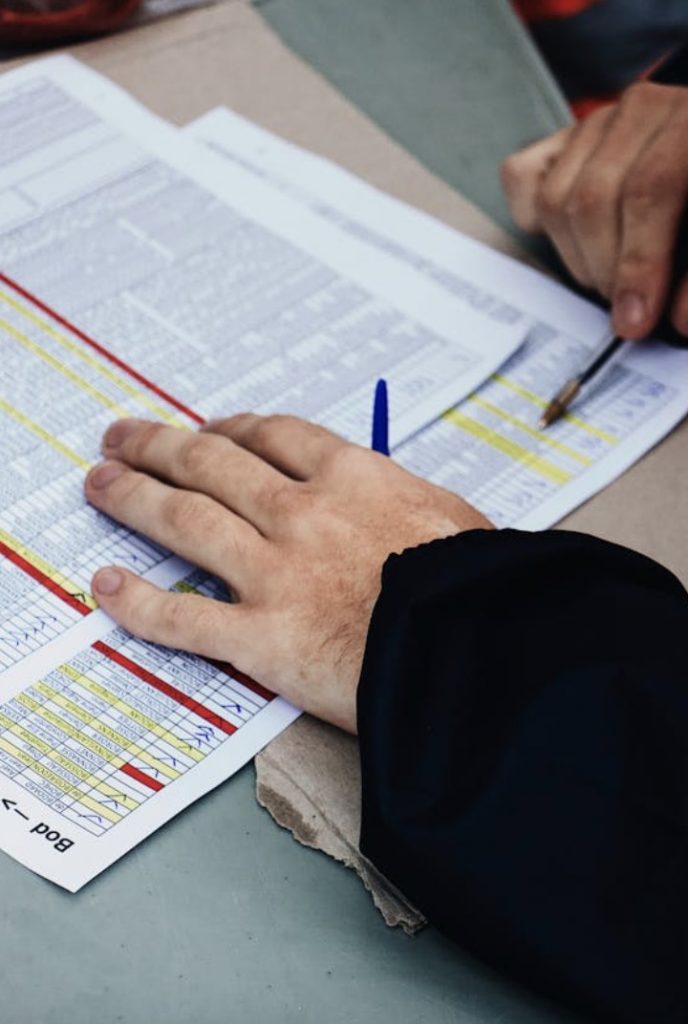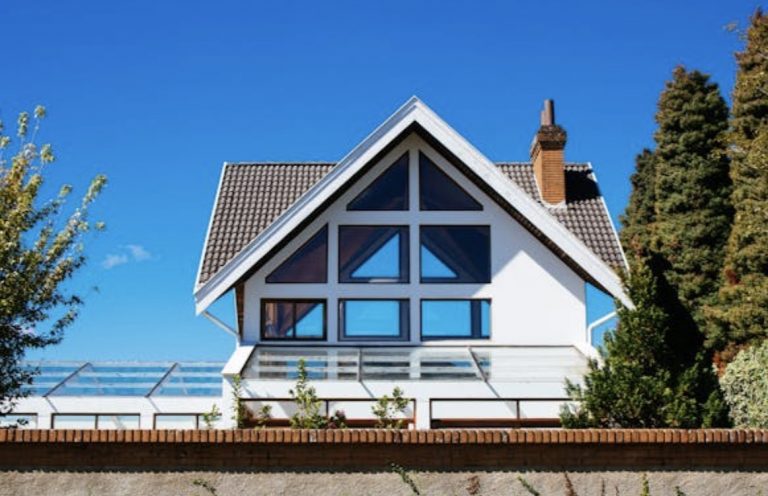Storms rarely leave without a trace. Whether it’s heavy rain, strong wind, or hail, the damage to homes—especially roofs—can be deceptively small at first glance. Many homeowners take a quick look and assume all is well, only to discover leaks or structural issues months later. A roof takes the brunt of the weather, and when storms hit, unseen damage can build into far more expensive repairs over time. That’s why knowing what to look for and when to take action makes a significant difference in keeping a roof in good condition and a home protected.
Detect Damage Early Before It Escalates
After a storm, a roof might appear intact, but the truth often hides beneath the surface. Damage to shingles, flashing, or underlayment may not be immediately visible without a proper inspection. That’s where timing becomes critical. If overlooked, even minor damage can give way to water intrusion, wood rot, or mold, all of which become far more expensive to repair the longer they’re left untreated. For those with metal roofing, there are specific concerns to watch for. When hail impacts a metal roof, the dents might not compromise its ability to repel water at first, but they can lead to coating damage, exposed areas, or loosened fasteners over time. This kind of delayed deterioration creates issues that don’t show up right away but can seriously weaken the roof’s durability.
The key is not just checking the surface but understanding how different roofing materials respond to stress. Without professional eyes on the structure, homeowners often miss the early warnings that make all the difference.
Spotting Hidden Structural Vulnerabilities
A post-storm inspection doesn’t stop with the outer layer of shingles or panels. It often uncovers deeper structural vulnerabilities that develop from the pressure and movement caused by strong winds or heavy rain. Rafters and trusses may shift, support beams can crack, and insulation may absorb moisture without showing visible signs for weeks.
This kind of hidden roof damage weakens the integrity of the entire roofing system. When left alone, a structure that once felt solid begins to sag, shift, or allow moisture inside. Over time, these conditions make the home more susceptible to issues with energy efficiency and air quality.
Some of these problems only reveal themselves under load, such as snow accumulation or another storm, which means the earlier an inspection takes place, the more likely these risks can be managed before they multiply. Waiting until the next season could mean doubling the repair cost and the stress that comes with it.
Protecting Against Long-Term Water Damage
Water is one of the most damaging forces for a home’s roof, and it often starts infiltrating through small weaknesses that a storm may have introduced. An inspection identifies not just where water might enter but where it’s already begun to settle. Damp insulation, stained ceilings, and subtle wall discoloration can all be traced back to compromised roofing materials.
Without intervention, this leads to widespread water damage inside the home. Wooden framing starts to decay, drywall softens, and paint peels. Beyond structural concerns, this moisture creates a perfect environment for mold growth, which brings health risks and requires costly remediation.
Early detection through inspection limits the need for more invasive repairs. It’s not just about patching a roof—it’s about safeguarding the entire home from the long-term effects of moisture infiltration.
Keeping Warranties and Insurance Claims Valid

Roof warranties often come with specific requirements, including regular inspections or prompt attention after major weather events. Missing these steps can void coverage and leave homeowners footing the bill when problems arise. The same goes for insurance claims—most providers have a limited window after a storm in which a claim can be filed for damages.
A professional inspection right after a storm provides written documentation of the roof’s condition and any related damage. This record supports any insurance claim, making it easier to secure the funds needed for repairs or replacement. Waiting too long not only risks worsening the damage but may also reduce the chance of compensation entirely.
Inspections aren’t just precautionary—they are a practical part of maintaining compliance with insurance and manufacturer requirements. Skipping this step often turns a manageable repair into an out-of-pocket overhaul.
Preventing Unexpected Heating and Cooling Costs
A roof’s condition affects more than just shelter—it plays a major role in energy efficiency. Damaged roofing material, shifted insulation, or small leaks caused by storm events can all contribute to heat escaping in winter or entering during summer. This forces HVAC systems to work harder, leading to higher utility bills and increased wear on climate control equipment.
What starts as a small breach from storm damage often ends up influencing a home’s thermal envelope. Drafts become noticeable, rooms lose their consistent temperature, and energy use increases. These signs often appear long before the homeowner realizes the roof is to blame.
Post-storm roof inspections are more than just precautionary—they’re a smart, proactive step toward avoiding expensive repairs and maintaining the long-term health of a home. A storm may pass in a matter of minutes, but its effects can linger far longer if left unchecked. A careful, timely inspection helps homeowners take back control before damage has the chance to spread.


0 Comments